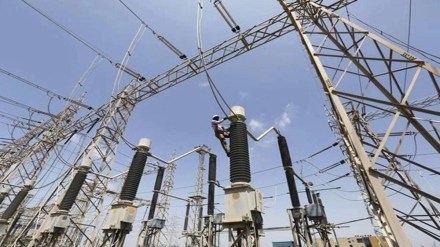By Daljit Singh
The regulatory framework of the Indian power sector is often criticised for the sector’s problems, particularly in the distribution segment. Various reforms have been suggested focused on the selection process for regulators, oversight mechanisms, and training of regulators. Structural reasons for the problems, however, have not been examined sufficiently. Therefore, we explore questions such as: Does the ownership of the distribution company influence the effectiveness of regulation? Are the incentives within the institutional and organisational structure aligned to promote good financial performance by the distribution companies? What changes could be made to the sector’s organisational structure or the governance of distribution companies to enable more effective regulation?
Regulation becomes necessary when there is a need to balance competing interests, typically those of utility versus the consumers’ or the public interest, or efficiency considerations versus considerations of fairness and equity. Given that government ownership of distribution companies is expected to sufficiently protect the public interest, regulation is mostly associated with privately-owned utilities. Experience in developed countries is consistent with this finding, with regulation being introduced when state-owned assets in the electricity sector were privatised and electricity service started to be provided by private entities.
Not only can regulation of state-owned utilities be redundant, it can also create other challenges. A state-owned utility could find itself working for two masters—the government and the regulator—and get conflicting directives from them. In India, state-owned distribution companies often give much greater priority to directives from their respective state governments.
Regulation uses financial incentives to modify the behaviour of companies which are effective only if the companies face a hard budget constraint. State-owned distribution companies continue to bear revenue deficits because they have a soft budget constraint whereby some other entity, typically the state government, covers any excess expenditure beyond the collected revenue. Private companies, with the threat of bankruptcy always hanging over them, have an in-built hard budget constraint.
Within the regulatory framework, incentives for the key institutions and organisations should be aligned with the overall goals of the power sector. Otherwise, considerable resources and energy would have to be expended to compel the individual institutions or organisations to prevent them from acting in their respective interests and to persuade them to act instead in the public interest. A hard budget constraint greatly facilitates the alignment of incentives. We find that one reason for the failure of several bailouts by the Union government and several schemes to improve the operating performance of state-owned distribution companies is that for state-owned distribution companies, these are not top priorities. In contrast, privately-owned distribution companies, with a focus on maximising profits, have an inbuilt incentive to improve performance. The performance of the Delhi distribution companies after privatisation is an example of such behaviour.
The experience in India and in other developing countries supports the claim that private utilities generally perform better and regulation is more effective with private utilities. However, privatisation will not solve all problems. The issue of too low tariffs is seen even with privately-owned distribution companies. But the problem is handled differently for private and state-owned companies, and the outcomes are likely to be better for the former. Generally, in the case of a state-owned distribution company, the company suffers a financial loss, worsening its financial health. In contrast, for a privately-owned company, revenue recovery is often deferred through the creation of a regulatory asset. While the creation of regulatory assets cannot go on indefinitely, and it is far from a perfect solution because it can create cash-flow problems for the company, it maintains the distribution company’s financial health and also affords the distribution company the possibility of recovering the revenue in the future. The private distribution companies in Delhi have been proactive in pursuing payment of deferred revenue and are using the judicial system seeking liquidation of the regulatory assets.
While effective regulation may be best achieved with privately-owned distribution companies, there is often political resistance to privatisation, as is the case in India. For situations where the resistance is very strong, drawing on the Canadian experience with successfully regulating publicly-owned utilities, the governance of state-owned distribution companies can be modified so that they emulate the behaviour of privately-owned companies. This can be achieved by professionalising government ownership; developing more effective, stronger, and independent boards; and enhancing the commercial orientation of the distribution companies.
However, improving governance of distribution companies along the lines discussed above involves many changes, which will be challenging for the government to implement. Therefore, for effective regulation, privatisation should be given priority, and improving governance of state-owned distribution companies should be pursued only when absolutely necessary. If such modification of the governance fails to bring about significant improvements, then renewed effort should be made to privatise the distribution companies.
Daljit Singh, Fellow, Centre for Social and Economic Progress (CSEP), a Delhi-based not-for-profit think tank
Views are personal
